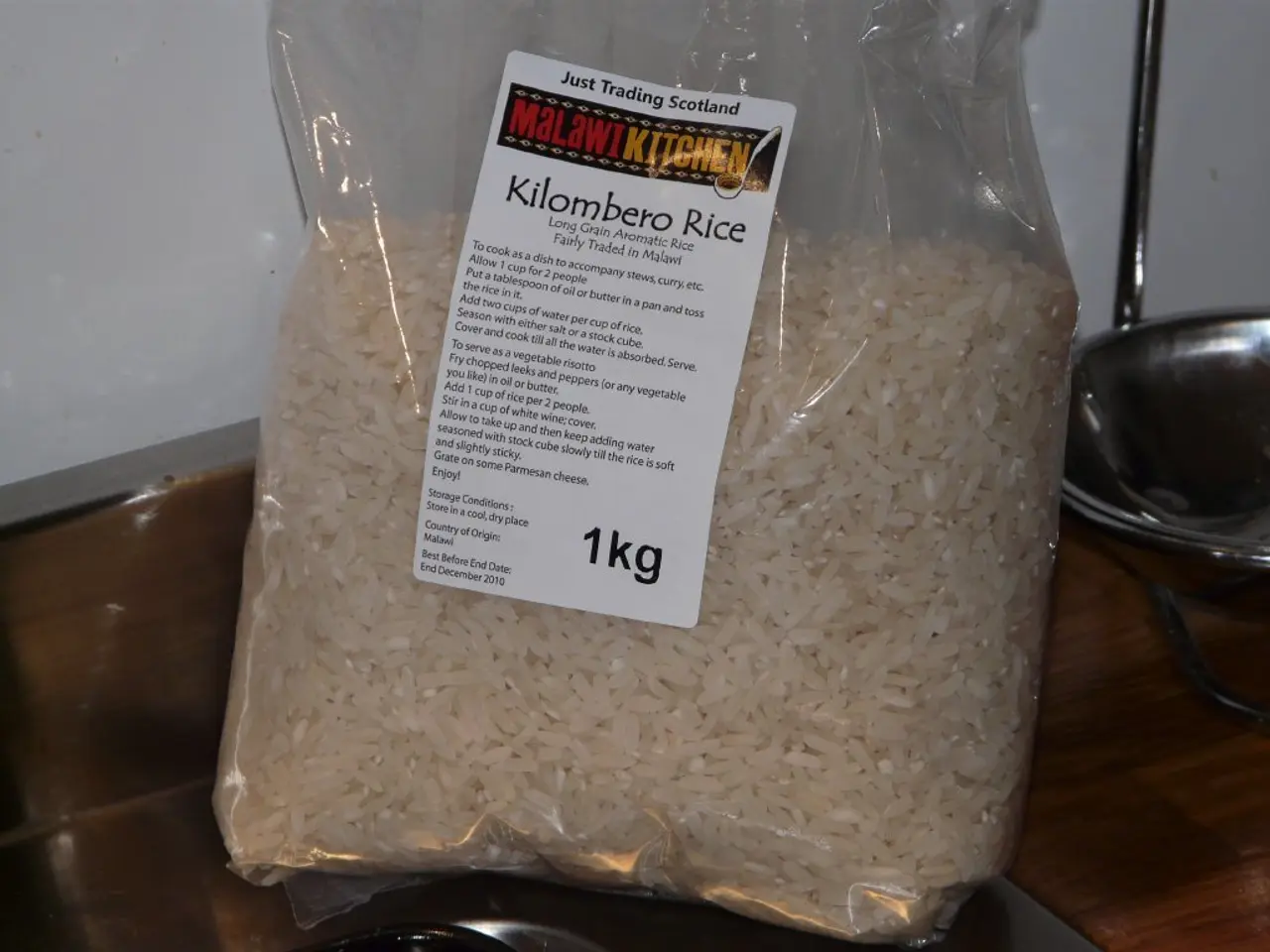Understanding Taiwan's trade negotiations
In recent developments, the United States has imposed tariffs on a wide range of Taiwanese goods, affecting various sectors and triggering urgent debates within Taiwan about the future of its industrial supply chain.
The US tariffs, which took effect from early August 2025, include a 20% tariff on a multitude of Taiwanese products, particularly those related to information and communications technology (ICT) such as semiconductors. President Trump has also proposed a 100% tariff on imported semiconductors unless production occurs in the United States, posing a significant threat to Taiwanese chipmakers.
The broad tariffs also impact other sectors, although specific rates on audiovisual products and automobiles have not been detailed. However, the 20% tariff is indicative of the wide-reaching impact on industrial and technological goods from Taiwan.
The tariffs have created significant pressure on Taiwan’s export-dependent economy, especially its high-tech sectors. This pressure has initiated urgent debates within Taiwan about relocating semiconductor and other tech manufacturing investments to the US to maintain market access and competitiveness. The US is using tariffs as a leverage tool to incentivize Taiwanese companies, particularly semiconductor firms, to establish manufacturing bases in the US.
Ongoing trade negotiations between Taiwan and the US are closely tied to tariff adjustments and manufacturing commitments in the US. This highlights the political and economic dynamics in negotiations, with the US administration modifying reciprocal tariff rates with some countries and potentially negotiating agreements to reduce tariffs. However, Taiwan remains under the additional ad valorem duties until such agreements are signed.
Taiwan's trade surplus with the US reached an unprecedented high last year, surging by 54.6 percent. Under the WTO's "most-favored nation" principle, lowering tariffs for US imports might require Taiwan to extend the same treatment to other WTO member countries.
Negotiations with Washington regarding these tariffs are ongoing, with Lin Wen-pao, a professor in the Department of Business Management at National Kaohsiung Normal University, involved in the discussion of these trade issues. Lin Wen-pao has referred to the current tariff rate as "phased".
The continued promotion of the US-Taiwan Initiative on 21st Century Trade indicates Taipei's willingness to align with high international standards. However, Taiwan's red lines over agriculture and food safety are a major concern, particularly regarding imports of US agricultural products such as pork and beef. Any compromise could trigger protests, similar to how Japan has defended its domestic rice industry.
On a positive note, Taiwanese exports to the US of information and communication technology and audiovisual products increased 63 percent annually. Despite the 20% tariff, which is within an acceptable range but still exerts pressure on Taiwan's export industries, President William Lai's administration must find a balance between securing lower tariff rates and protecting public health.
- In light of the ongoing trade negotiations, the US Administration is using tariffs as a leverage tool to potentially negotiate agreements with Taiwanese companies, particularly semiconductor firms, to establish manufacturing bases in the US, altering the financial landscape of the industry.
- As Taiwanese exports to the US of information and communication technology products increased, President William Lai's administration faces the challenge of finding a balance between securing lower tariff rates and financing the protection of public health, while maintaining the competitiveness of the industry.




